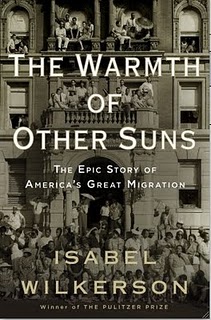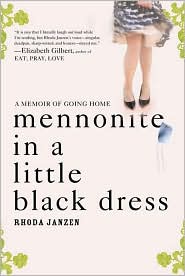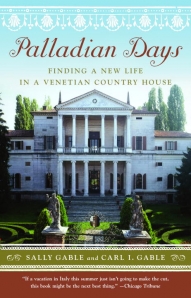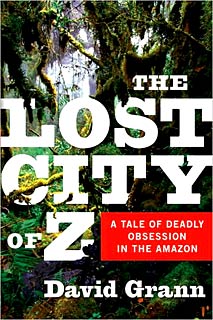This review contains affiliate links, which earn me a small commission when you click and purchase, at no extra cost to you. Thank you for supporting my small business and allowing me to continue providing you a reliable resource for clean book ratings.
A migration of 6 million people occurred within the United States during the 20th century that went largely unrecognized: blacks left the South to live in cities in the North and West that would provide them more freedom than they could find in the Jim Crow-era South. Author Isabel Wilkerson writes that what “historians would come to call the Great Migration … would become perhaps the biggest underreported story of the twentieth century.” She also quotes one historian as saying that “a comprehensive treatment of the century-long story of black migration does not exist,” so, in writing The Warmth of Other Suns, Wilkerson says she hopes to correct that omission.
She does so brilliantly. Wilkerson spent more than a decade working on this book, interviewing more than a thousand individuals who had participated in the migration, and then narrowing the focus of her book down to the stories of three individuals who represented the stories of all the others. She says that the book is “three projects in one: a collection of oral histories, a distillation of those oral histories into a narrative of three protagonists, and an examination of newspaper accounts and scholarly and literary works of the era and more recent analyses of the Migration to recount the motivations, circumstances, and perceptions of the Migration as it was in progress and to put the subjects’ actions into historical context.”
The book could and should be used as a resource in history classrooms around the country from here on out. But it is more than just a scholarly resource; it is a biography detailing the very real and human stories of three individuals who, as Wilkerson says, lived such full lives they could each have merited a book on their own. Readers of The Warmth of Other Suns get a feel for the sociological and historical ramifications of this migration as a whole, as the big picture. But they also get to know three people whose lives bore marks of tragedy, courage, strength and determination. Wilkerson says she was blessed to get to know these people, and by the end of the book, readers will surely agree.
I walked away from this book having learned a great deal; I hadn’t been completely aware of the vast migration that occurred, though I was undoubtedly aware that some blacks left the South for the North. But I was able to learn about the specific routes many people took, the reasons they left, the sacrifices they had to make to do so, and the impact on society that this migration had.
I was reminded of the horrible ways in which whites treated blacks for a century after the Civil War. I have always been shocked that human beings could be so cruel to other human beings, and this book was just a reminder of the countless instances in which blacks were treated as less than human. I was impressed by the stories of the people who chose to leave the South at great cost and to start new lives in other cities, starting with nothing but their willingness to work at anything to take care of themselves and their families. After getting to know them and their dreams and sacrifices, I was sad to see their stories end.
The Warmth of Other Suns is a profoundly affecting and moving book that is well worth the time spent reading it.
Rated: Mild, for some mild language and some references to cruel acts done to blacks in the Jim Crow-era South.
Click here to purchase your copy of The Warmth of Other Suns on Amazon.





Pingback: The Twelve Tribes of Hattie | Rated Reads